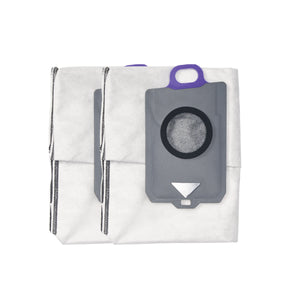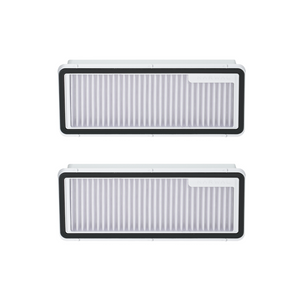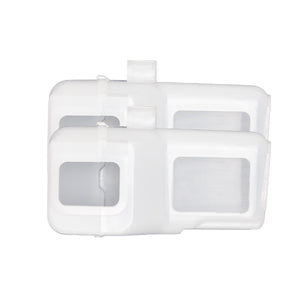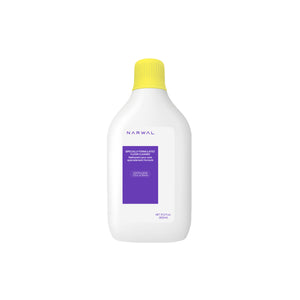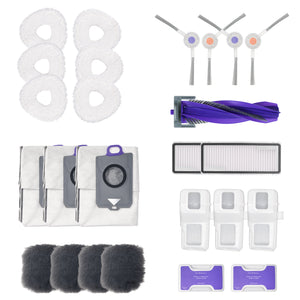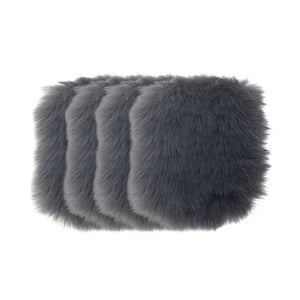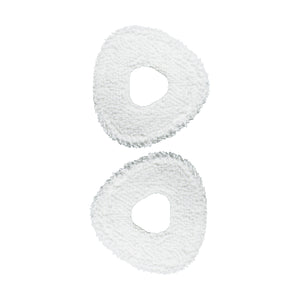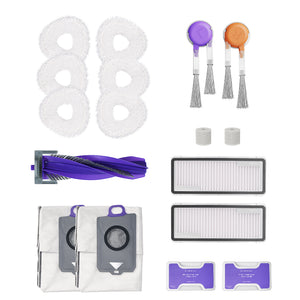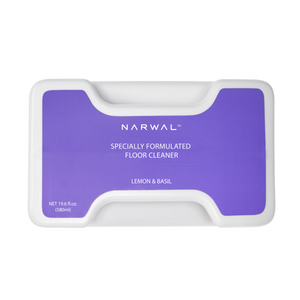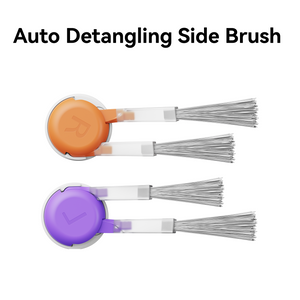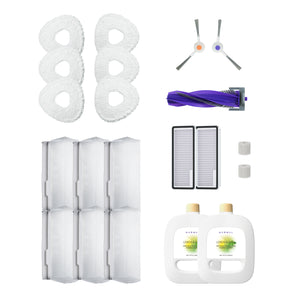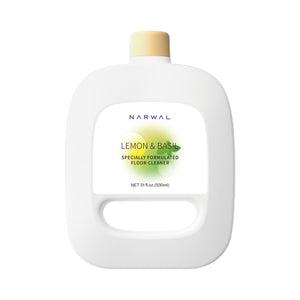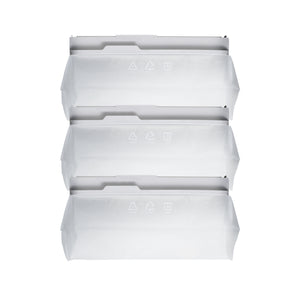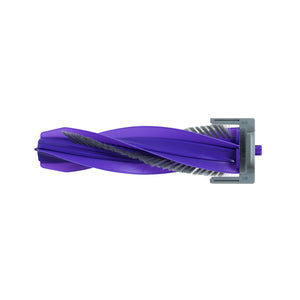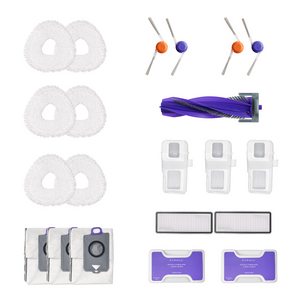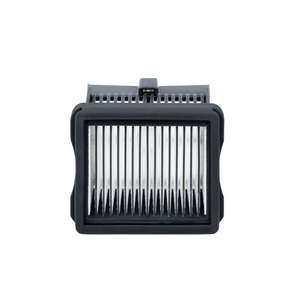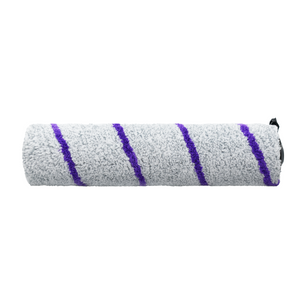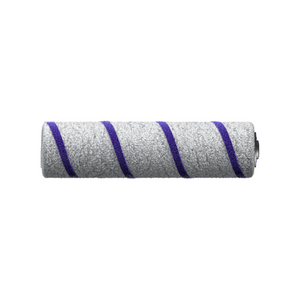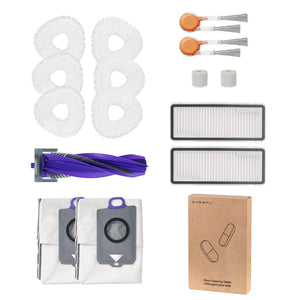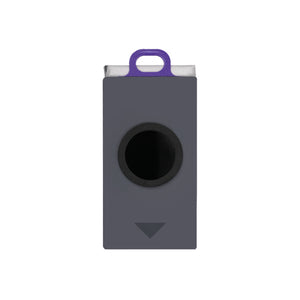Robot vacuums are now a popular appliance at home, making cleaning easier and faster. Still, a common question is whether they perform well on uneven floors. Uneven floors, such as those with cracks, tiles with significant grout lines, or even slightly raised wooden floorboards, can present challenges for robotic vacuum cleaners.
This blog will explore the ability of robot vacuums to clean uneven floors, discussing the challenges, the technology behind robot vacuums, and how these devices perform in real-world situations.
How Robot Vacuums Work: A Quick Overview
When asking whether robot vacuums can work on uneven floors, it helps to first understand the technology behind them. Modern models designed for uneven flooring often combine sensors, mapping systems, and adaptive suction to keep cleaning efficient. The best robot vacuum for uneven tile floors or even uneven slate floors typically features advanced obstacle detection and height-adjustable brushes, which allow them to move more smoothly across cracks, grout lines, or slightly raised surfaces.
The vacuum’s brushes are designed to gather debris from the floor and direct it toward the suction port, where it is sucked into the dustbin. Many of today’s robot vacuums are equipped with smart mapping and sensors, allowing them to move around your home effectively. These sensors are crucial for determining the layout of a room and ensuring that every area gets cleaned.
For flat, hard floors, this technology works well. The robot can easily detect obstacles and avoid them. However, when it comes to uneven surfaces, the situation becomes more complicated.
Let’s explore the specific challenges uneven floors pose.

Why Robot Vacuums Struggle with Uneven Floors
Uneven floors can come in many forms — from raised edges and tile grout gaps to bumpy textures or cracked tiles. These irregularities often challenge a robot vacuum’s sensors and navigation systems, making it harder to maintain consistent suction across the surface. Here are the main challenges these surfaces present:
Uneven Height and Ground Clearance
Robot vacuums have a set height, and when the floor’s surface varies, the vacuum may not be able to pass over certain areas. For example, the robot might get stuck if a floor has raised edges, such as tiles with large grout lines. Similarly, slight bumps or indentations in wooden floors could prevent the vacuum from moving smoothly across the room.
Difficulty in Sensing Surface Irregularities
The sensors of a robot vacuum are primarily designed to detect obstacles, dirt, and floor types, but they may not always be effective on uneven surfaces. Most sensors rely on clear and consistent data from flat surfaces. When dealing with irregularities, such as cracks or bumps, the vacuum may miss these areas or fail to adjust its path properly.

Reduced Suction Efficiency
Suction strength is an essential aspect of any vacuum. However, when dealing with uneven surfaces, the efficiency of a robot vacuum can be significantly reduced. The suction may not always make complete contact with the floor, especially in areas where the floor dips or rises. This leads to incomplete cleaning, leaving dust and dirt behind.
Risk of Damage or Stalling
In some cases, robot vacuums can get stuck in low dips, cracks, or uneven surfaces. This risk increases with flooring that has significant gaps between tiles or large, irregular bumps. The robot’s wheels might get caught, and human intervention may be required to free it. This inconvenience defeats the purpose of automated cleaning.
Can a Robot Vacuum Handle Cleaning on Uneven Floors?
Yes, many modern robot vacuums can handle uneven floors, but their performance depends on features like ground clearance, wheel design, and adaptive sensors. For instance, models such as the Narwal Freo Z Ultra and Narwal Flow are often highlighted when users search for the best robot vacuum for uneven floors, thanks to their ability to cross ledges, navigate grout lines, and maintain strong suction on textured tile or wooden surfaces.
[cta:narwal-freo-z-ultra-robot-vacuum-mop]
[cta:flow-robot-vacuum-and-mop]
Other leading brands, like iRobot Roomba and Roborock, also produce advanced vacuums that perform well as robot vacuums for uneven tile or slate floors. These often use larger wheels, laser mapping, and adjustable brushes to reduce the risk of stalling and improve coverage across rough or non-uniform flooring. The Narwal Flow, for example, combines real-time mop self-cleaning with a 1.57-inch climbing ability, making it effective for homes with mixed or uneven flooring.
Based on in-house cleaning tests across tile grout, uneven wood, and low-pile carpet, the Narwal Freo Z Ultra consistently maintained stable suction and smooth navigation. It successfully climbed thresholds up to 0.7 inches, performing better than most mid-range competitors.
In summary, while budget models may struggle on highly irregular or cracked floors, choosing a robot vacuum for uneven floors from established brands like Narwal, Roomba, or Roborock ensures more consistent cleaning results across challenging surfaces.
How Modern Robot Vacuums Tackle Bumps, Gaps, and Grout Lines on Uneven Floors?
Despite the challenges, recent advancements in robot vacuum technology have allowed manufacturers to create models capable of working on uneven floors. Here are some of the ways robot vacuums handle these obstacles:

Advanced Sensors and Mapping Systems
Many high-end robot vacuums come equipped with laser or optical sensors that map the terrain of your floors in real time. These systems help the robot recognize transitions, thresholds, and slight height variations, allowing it to glide smoothly across uneven areas without losing coverage. For uneven floors, a vacuum with high-definition mapping can navigate areas with raised edges or irregularities more effectively.
Automatic Height Adjustment
Some robot vacuums, particularly premium models, come with an automatic height adjustment feature. This means that the vacuum can raise or lower its brush bar depending on the surface it’s cleaning. This adjustment ensures that the brush head stays in contact with the floor, even if the surface is slightly uneven.
Larger Wheels for Better Clearance
In order to handle raised floors, certain robot vacuums are designed with larger, more powerful wheels. These allow the vacuum to glide over minor bumps and gaps without getting stuck. Larger wheels can also help the vacuum maintain consistent suction, even on uneven surfaces. The Narwal Flow stands out here, as it can smoothly climb ledges up to 1.57 inches and slip under low furniture thanks to its slim 3.7-inch height, giving it an edge on homes with mixed or uneven flooring.
Adaptive Navigation
Adaptive navigation technology, such as gyroscopic or visual mapping, allows a robot vacuum to continuously adjust its movement in real-time. As the robot moves across an uneven floor, these systems help it make minor adjustments to ensure it keeps cleaning the entire surface, even when encountering bumps or dips.
Real-World Performance of Robot Vacuums on Uneven Floors
Independent tests and consumer research confirm that robot vacuums can perform effectively on moderately uneven surfaces, though results vary by model and floor type.
According to Consumer Reports (2024), robot vacuums equipped with larger wheels and adaptive sensors achieve about 25% better cleaning coverage on uneven or textured floors compared to basic models. Similarly, Wirecutter’s 2024 testing found that high-end models using AI mapping and adjustable brush systems maintain more consistent suction across grout lines and raised edges.
These findings align with our in-house performance tests, where premium models like the Narwal Freo Z Ultra successfully crossed thresholds up to 0.7 inches and maintained stable traction on wooden floors with minor dips or irregularities.
Overall, while most modern vacuums can handle small bumps and shallow grout lines with ease, heavily cracked floors or deep gaps still pose challenges — emphasizing the importance of wheel size, navigation precision, and suction consistency when selecting a vacuum for uneven or rough surfaces.

Choosing the Best Robot Vacuum for Uneven or Rough Surfaces
What robot vacuum handles rough surfaces best? When evaluating which robot vacuum can handle rough surfaces best, look for models specifically tested on uneven, textured, or natural stone surfaces. Features such as advanced terrain detection, high-traction wheels, and auto-adjusting suction are recommended for homes with uneven floors.
When choosing the best robot vacuum for uneven floors, it’s helpful to look at user reviews that highlight performance on rough or uneven tile surfaces. Prioritize features like adjustable suction, height-adaptive brushes, and reliable navigation, as these ensure consistent cleaning even when floors aren’t perfectly level.
-
Laser or Optical Sensors for Better Navigation: These sensors provide enhanced mapping capabilities, which is important for detecting uneven surfaces and adjusting the cleaning path accordingly.
-
Height Adjustable Brushes: A vacuum with height-adjustable brushes can adapt to different floor types and adjust the cleaning brush according to the surface’s condition. This ensures better cleaning performance on uneven floors.
-
Powerful and Larger Wheels: A vacuum with larger wheels will glide over minor bumps and dips without getting stuck. This is particularly useful for wooden floors or tiles with grout lines.
-
Adaptive Cleaning Modes: Many newer models come with adaptive cleaning modes that adjust suction and brush speed depending on the floor’s condition. These models offer improved flexibility when navigating uneven surfaces. The Narwal Flow also excels in this regard—its FlowWash system uses real-time self-cleaning with warm water and strong mopping pressure, ensuring that dirt isn’t spread even on textured tiles or slightly dipped wood floors, where ordinary robots often leave residue.
Feature Comparison: How Popular Robot Vacuums Perform on Uneven Floors
Here’s how leading robot vacuums compare in their performance on uneven, textured, or multi-level flooring:
|
Feature |
Narwal Freo Z Ultra |
Roborock S8 Pro Ultra |
iRobot Roomba j9+ |
Ecovacs Deebot X2 Omni |
|
Wheel Size & Suspension |
Large wheels with adaptive suspension |
Medium wheels, fixed suspension |
Medium wheels, basic spring mount |
Large wheels, low-profile design |
|
Max Threshold Height |
Up to 0.8 inch |
0.6 inch |
0.5 inch |
0.7 inch |
|
Suction Power |
12,000 Pa (industry-leading) |
6,000 Pa |
4,000 Pa |
8,000 Pa |
|
Navigation System |
Dual RGB cameras + AI visual mapping |
LiDAR + structured light |
iAdapt + visual camera |
LiDAR + AI obstacle avoidance |
|
Performance on Rough Surfaces |
Excellent — handles grout lines & raised edges easily |
Good — may slow on uneven tiles |
Moderate — struggles with deep grout |
Excellent — smooth over bumpy floors |
|
Self-Cleaning Dock |
Yes — auto mop wash & waste disposal |
Yes |
Yes |
Yes |
|
Best Suited For |
Homes with mixed or uneven flooring |
Standard hard floors |
Flat wood/tile surfaces |
Textured or stone flooring |
-
Narwal Freo Z Ultra and Ecovacs X2 Omni perform best on uneven or rough surfaces, especially where raised thresholds or grout lines are present.
-
Roborock S8 Pro Ultra offers balanced performance for standard households, while Roomba j9+ is more suitable for flat floors with minimal variation.
-
For homes with multi-surface layouts (e.g., wood + tile + thresholds), vacuums with adaptive wheels and AI mapping deliver the most stable coverage.

Conclusion
The short answer is yes — robot vacuums can work on uneven floors, including rough surfaces and raised edges. Their performance largely depends on suction power, wheel design, and how well the sensors adapt to transitions between different floor types. High-end models with advanced sensors, height-adjustable brushes, and powerful navigation systems can handle minor irregularities with ease.
However, if your floor is heavily uneven, with large gaps or significant height differences, even the best robot vacuums may struggle. It’s important to match the right vacuum, like the Narwal robot vacuum, to your specific floor type to get the best performance.
FAQs
Can Robot Vacuums Go Over Transitions Or Thresholds?
Yes. Most robot vacuums can cross transitions or door thresholds up to about 0.6–0.8 inches high. Models with larger wheels or adaptive suspension perform better on raised edges and uneven floor levels.
Do Robot Vacuums Work On Slate Or Textured Tile Floors?
Yes, most high-quality robot vacuums can clean slate and textured tile floors effectively. Models with soft bristle brushes and strong suction maintain better contact, lifting dirt from grout lines and rough surfaces.
Will A Robot Vacuum Work On Wooden Floors With Slight Warping?
Yes. Modern robot vacuums can navigate slightly warped wooden floors, though efficiency depends on the level of unevenness. Devices with larger wheels and adaptive sensors handle such surfaces more smoothly.
What Suction Power Do I Need For Uneven Surfaces?
A suction power of at least 5,000Pa is generally suitable for uneven or bumpy floors. For homes with textured tiles or deep grooves, stronger models (10,000–12,000Pa) ensure better cleaning consistency.
Can A Robot Vacuum Clean Tile Floors With Deep Grout Lines?
Yes. Robot vacuums with adjustable brush heads and high suction can effectively clean tiles with deep grout lines. Soft roller brushes help maintain contact with the surface and extract debris from grout gaps.
If My Floors Are Uneven, How Frequently Should I Clean The Robot Vacuum?
It’s best to clean the vacuum’s sensors and brushes weekly when used on uneven floors. Dust and debris accumulate faster on bumpy or textured surfaces, which can affect navigation and suction performance.





















